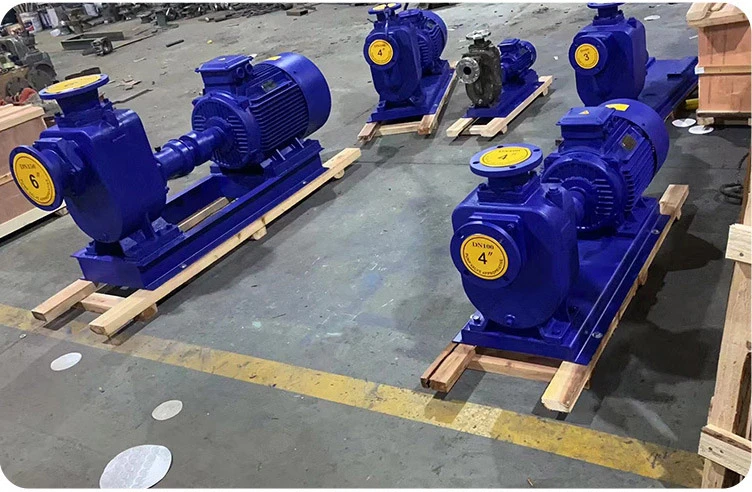English
- Afrikaans
- Albanian
- Amharic
- Arabic
- Armenian
- Azerbaijani
- Basque
- Belarusian
- Bengali
- Bosnian
- Bulgarian
- Catalan
- Cebuano
- Corsican
- Croatian
- Czech
- Danish
- Dutch
- English
- Esperanto
- Estonian
- Finnish
- French
- Frisian
- Galician
- Georgian
- German
- Greek
- Gujarati
- Haitian Creole
- hausa
- hawaiian
- Hebrew
- Hindi
- Miao
- Hungarian
- Icelandic
- igbo
- Indonesian
- irish
- Italian
- Japanese
- Javanese
- Kannada
- kazakh
- Khmer
- Rwandese
- Korean
- Kurdish
- Kyrgyz
- Lao
- Latin
- Latvian
- Lithuanian
- Luxembourgish
- Macedonian
- Malgashi
- Malay
- Malayalam
- Maltese
- Maori
- Marathi
- Mongolian
- Myanmar
- Nepali
- Norwegian
- Norwegian
- Occitan
- Pashto
- Persian
- Polish
- Portuguese
- Punjabi
- Romanian
- Russian
- Samoan
- Scottish Gaelic
- Serbian
- Sesotho
- Shona
- Sindhi
- Sinhala
- Slovak
- Slovenian
- Somali
- Spanish
- Sundanese
- Swahili
- Swedish
- Tagalog
- Tajik
- Tamil
- Tatar
- Telugu
- Thai
- Turkish
- Turkmen
- Ukrainian
- Urdu
- Uighur
- Uzbek
- Vietnamese
- Welsh
- Bantu
- Yiddish
- Yoruba
- Zulu
Telephone: +86 13120555503
Email: frank@cypump.com
Nov . 23, 2024 12:32 Back to list
water pipeline booster pump
Understanding Water Pipeline Booster Pumps Importance and Functionality
Water supply systems are the backbone of urban infrastructure, ensuring that residents and businesses have access to this vital resource. Within these systems, a crucial component often goes unnoticed booster pumps. Water pipeline booster pumps play a key role in maintaining adequate water pressure and flow rate, especially in areas where gravity alone cannot suffice. This article will explore the importance and functionality of booster pumps in modern water distribution systems.
A booster pump is designed to enhance the pressure of water flowing through pipelines, ensuring that it reaches its intended destination quickly and efficiently. When water is sourced from a treatment facility, it often must travel long distances to reach homes and businesses. Along the way, it faces friction losses due to the internal surfaces of the pipes, elevations, and bends in the pipeline. In scenarios where gravity-fed systems are inadequate, booster pumps are employed to maintain the necessary pressure and flow rate to combat these losses.
Understanding Water Pipeline Booster Pumps Importance and Functionality
Another significant application of booster pumps is in municipal water distribution networks. In many cities, water systems are designed to provide service to various neighborhoods, each of which may have different elevation levels. Booster pumps are used strategically to manage this disparity, enabling equal access to water across the region. They allow utility managers to optimally regulate water pressure, improving overall system efficiency.
water pipeline booster pump

Booster pumps also play a crucial role in irrigation systems, especially in agricultural settings where water needs to be delivered to crops over extensive areas. The ability to increase water pressure allows farmers to access groundwater resources and transport water more efficiently, optimizing irrigation practices and supporting agricultural productivity.
From an environmental perspective, booster pumps can contribute to water conservation efforts. By ensuring that water is delivered at the right pressure, these pumps help to minimize leaks and losses within the distribution system, promoting sustainable water usage. Moreover, by enhancing the performance of existing supply infrastructure, communities can delay or avoid costly investments in new water sources or treatment facilities.
In terms of technological advancements, modern booster pumps are equipped with smart technologies that facilitate monitoring and automation. This innovation allows for real-time assessments of pressure levels, flow rates, and energy usage, enabling facility managers to optimize pump operations and reduce energy costs. Such intelligent solutions also contribute to proactive maintenance, reducing the risk of unexpected failures that could lead to service disruptions.
In conclusion, water pipeline booster pumps are essential components of contemporary water supply systems. Their role in enhancing pressure, improving efficiency, and supporting sustainability cannot be understated. As urban populations continue to grow and water demands increase, the importance of reliable booster pump systems will only continue to rise. Through ongoing innovation and smart technologies, the water industry can ensure a resilient water supply for generations to come.
-
Horizontal Split Case Pump with GPT-4 Turbo | High Efficiency
NewsAug.01,2025
-
ISG Series Pipeline Pump - Chi Yuan Pumps | High Efficiency, Durable Design
NewsAug.01,2025
-
Advanced Flue Gas Desulfurization Pump with GPT-4 Turbo | Durable & Efficient
NewsJul.31,2025
-
ISG Series Vertical Pipeline Pump - Chi Yuan Pumps | Advanced Hydraulic Design&Durable Construction
NewsJul.31,2025
-
ISG Series Vertical Pipeline Pump - Chi Yuan Pumps | Energy Efficient & Low Noise
NewsJul.31,2025
-
pipeline pump - Chi Yuan Pumps Co., LTD.|High Efficiency&Low Noise
NewsJul.31,2025










